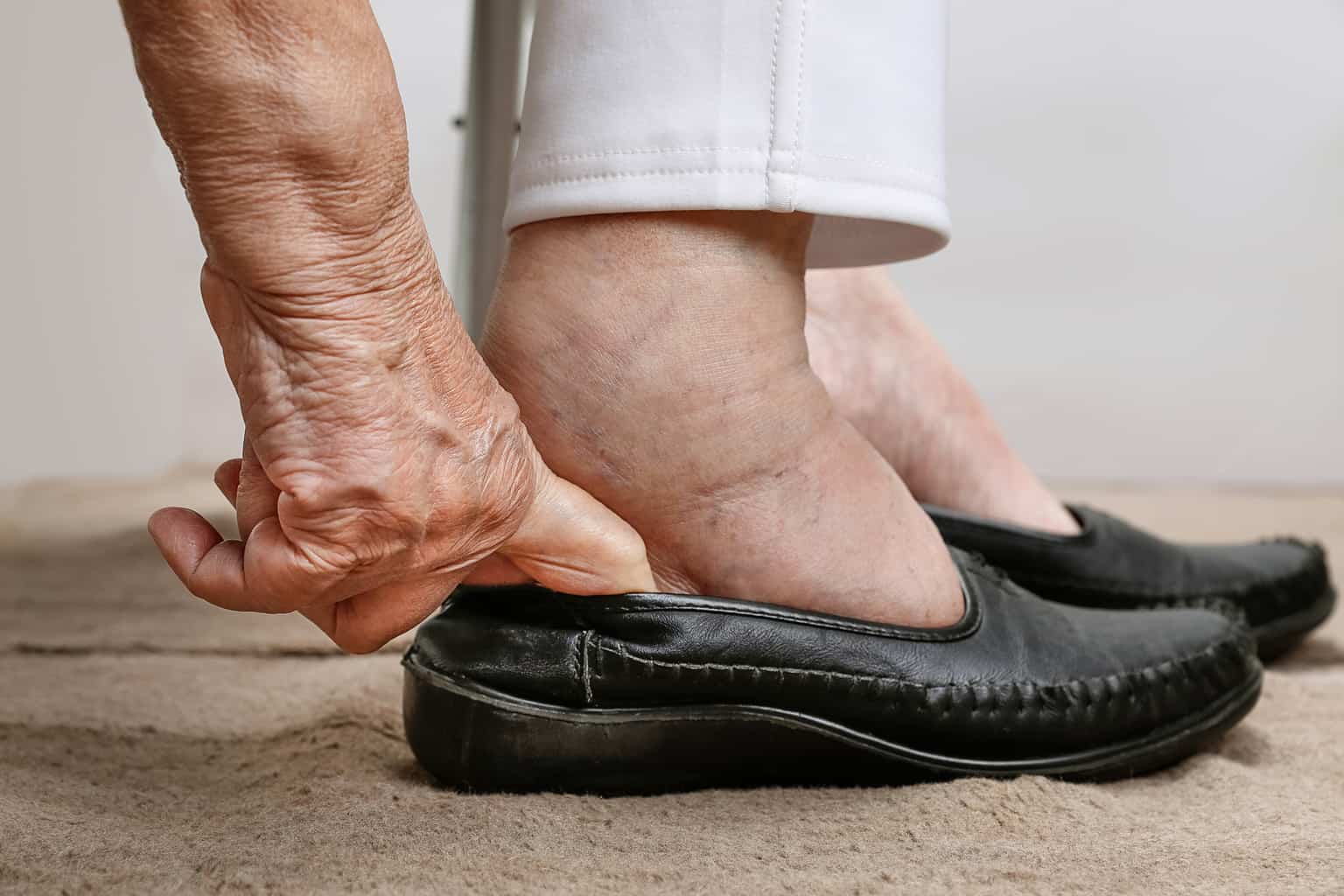
Lymph Node Swelling
What is lymphedema?
Lymphedema, or lymph node swelling, is swelling that can happen if lymph nodes were removed or radiated during treatment for cancer. It can also happen for other reasons, for example, if you were born without a full lymphatic system or if you have had trouble with your veins for a long time. It can affect any part of the body. It is different from other swelling because after a while it may not go away on its own. (In the early stages it may come and go.) When the swelling stays, changes start happening in your skin and the tissue underneath. The texture becomes harder and sometimes bumpier. You are also at a high risk to get infections in your swollen limb.
What is the lymphatic system?
The lymphatic system is part of your circulatory system and part of your immune system. It is made up of lymph vessels which are next to the veins. They pump the excess fluid (lymph) from the tissues up to the lymph nodes which are located all over the body. The nodes filter out germs and cell debris. Then the fluid and proteins in the lymph fluid are returned to the bloodstream. The lymph nodes also send immune cells around the body to fight infection.
Beware of infections!
Lymphedema puts you at a higher risk to get an infection in the affected limb.
- Try to avoid any breaks in the skin
- Clean any break with soap and water or an alcohol swab
- Watch for these signs of infection:
redness, pain, swelling, heat, fever and chills, feeling unwell
If you think you have an infection, get medical help right away!
What are the early signs of lymphedema?
- Affected part feels heavy and achy
- Limb becomes tired more quickly
- Skin feels tight and may have indentations when something presses against it
The swelling may start slowly so you don’t notice it at first or it may happen suddenly so your skin feels as if it is going to burst.
What should you do if you start feeling these symptoms?
- Stop what you are doing right away.
- Loosen anything that has become tight.
- Rest with your limb elevated, supported on pillows, above the level of your heart until symptoms improve.
- Ask your health care provider for a referral to the lymphedema specialty service.
Initial evaluation / treatment schedule
- Treatment usually starts about 2 weeks after the initial evaluation. Treatment sessions are often daily, 5 days a week, for 1 ½ - 2 hours.
- At your initial evaluation, please bring any compression garments you have used in the past.
- Wear loose clothes to every appointment.
Contact us
Contact your health care provider for a referral to the Hennepin Healthcare physical therapy lymphedema treatment. Your referring provider may want to check first to be sure that you do not have a blood clot, infection or other cause of swelling.
To make an appointment call: 612-873-4377

